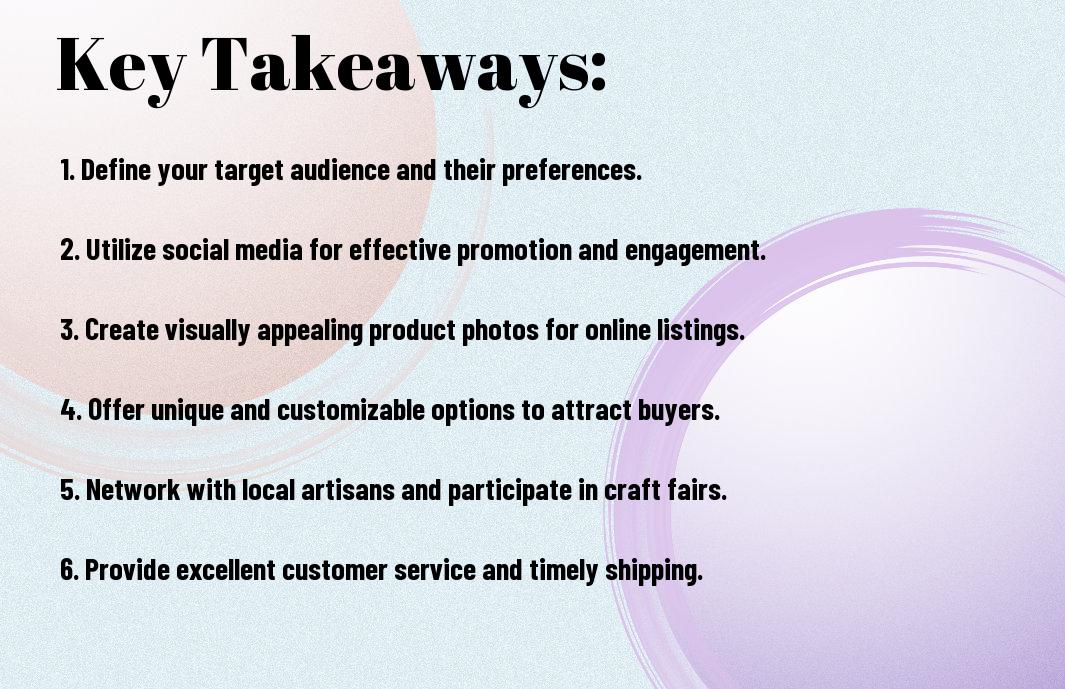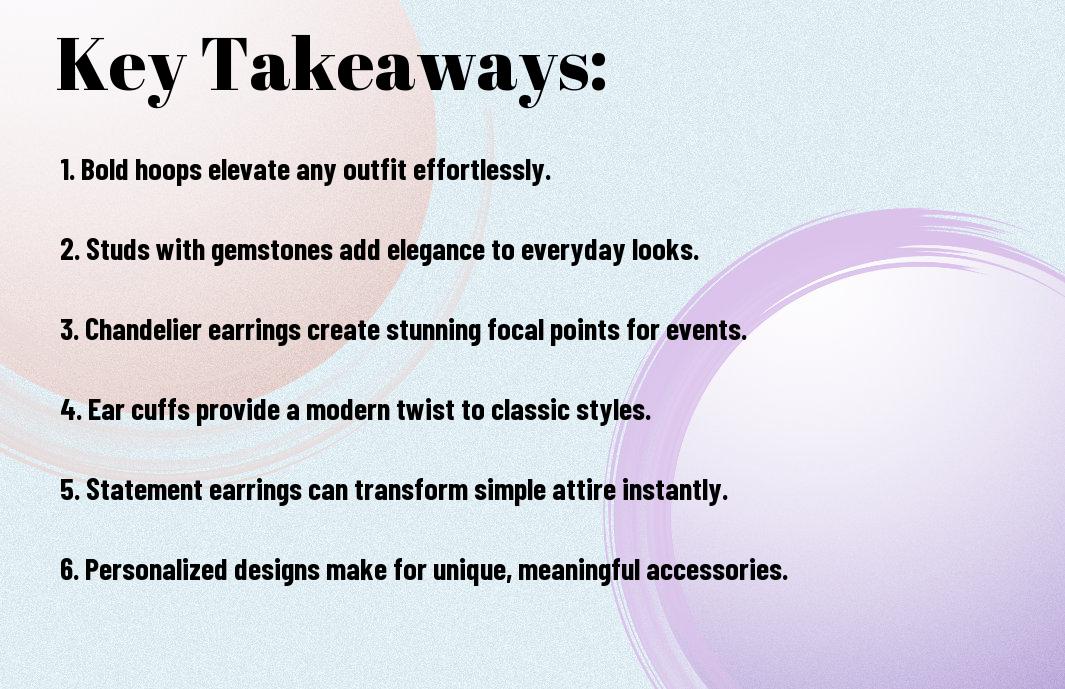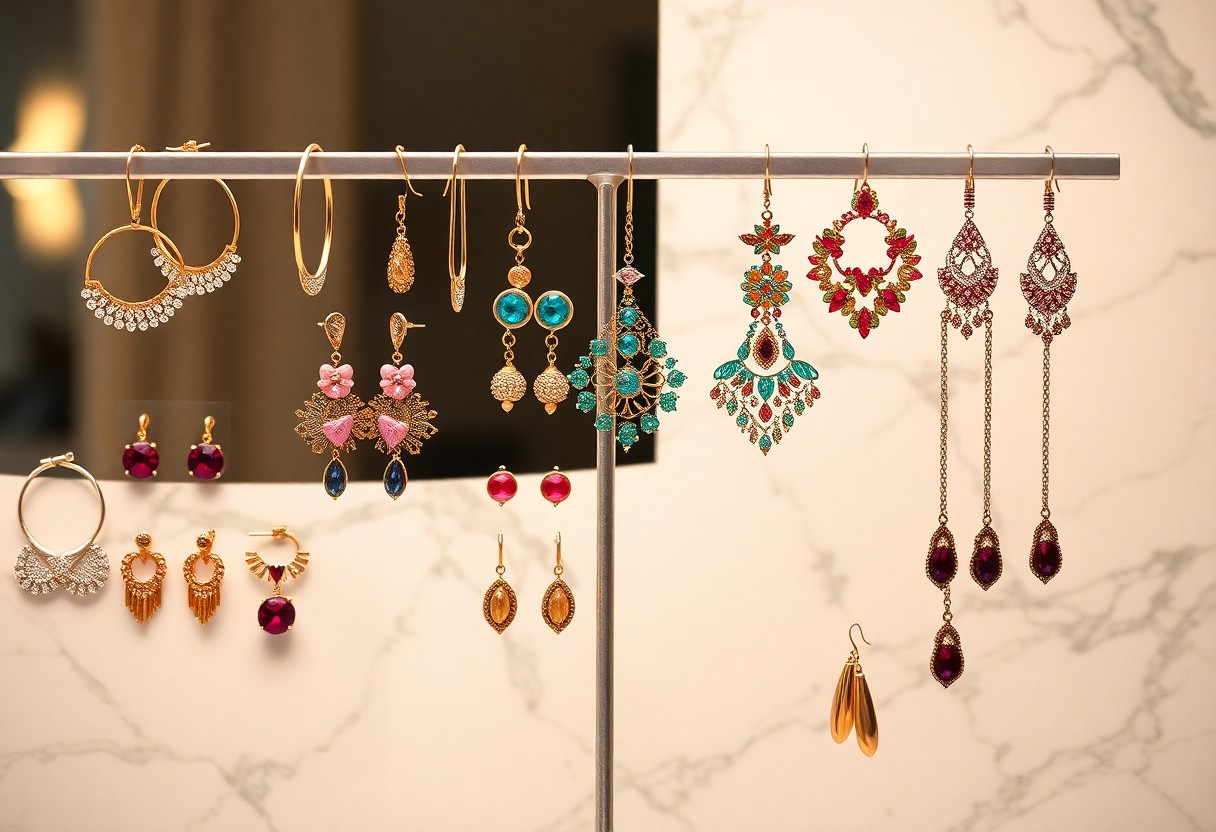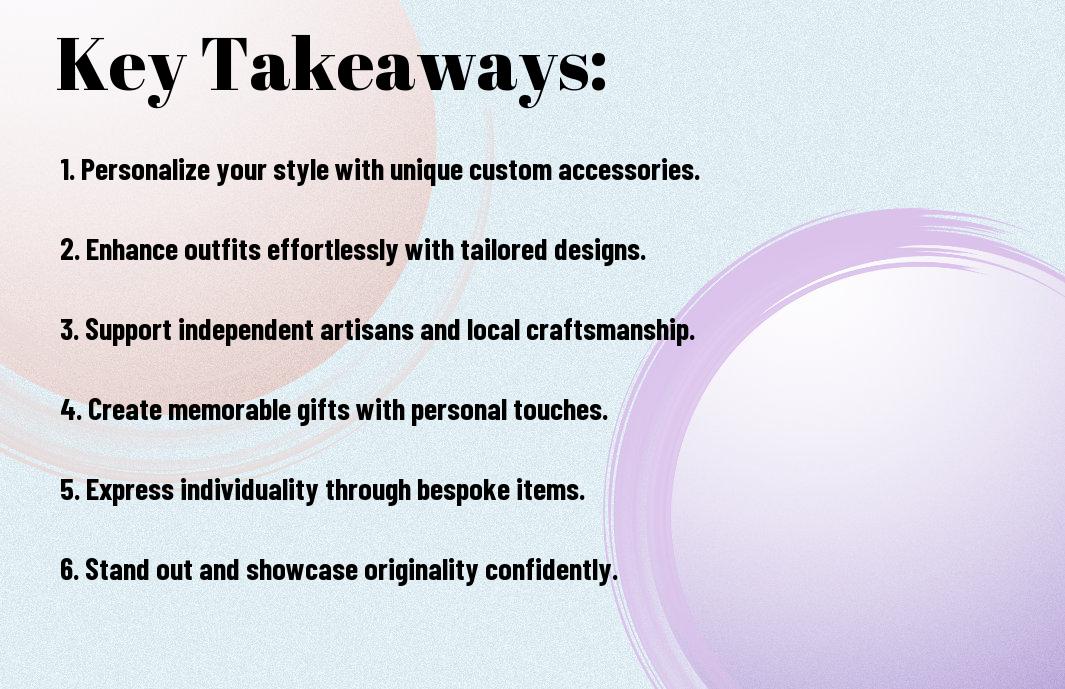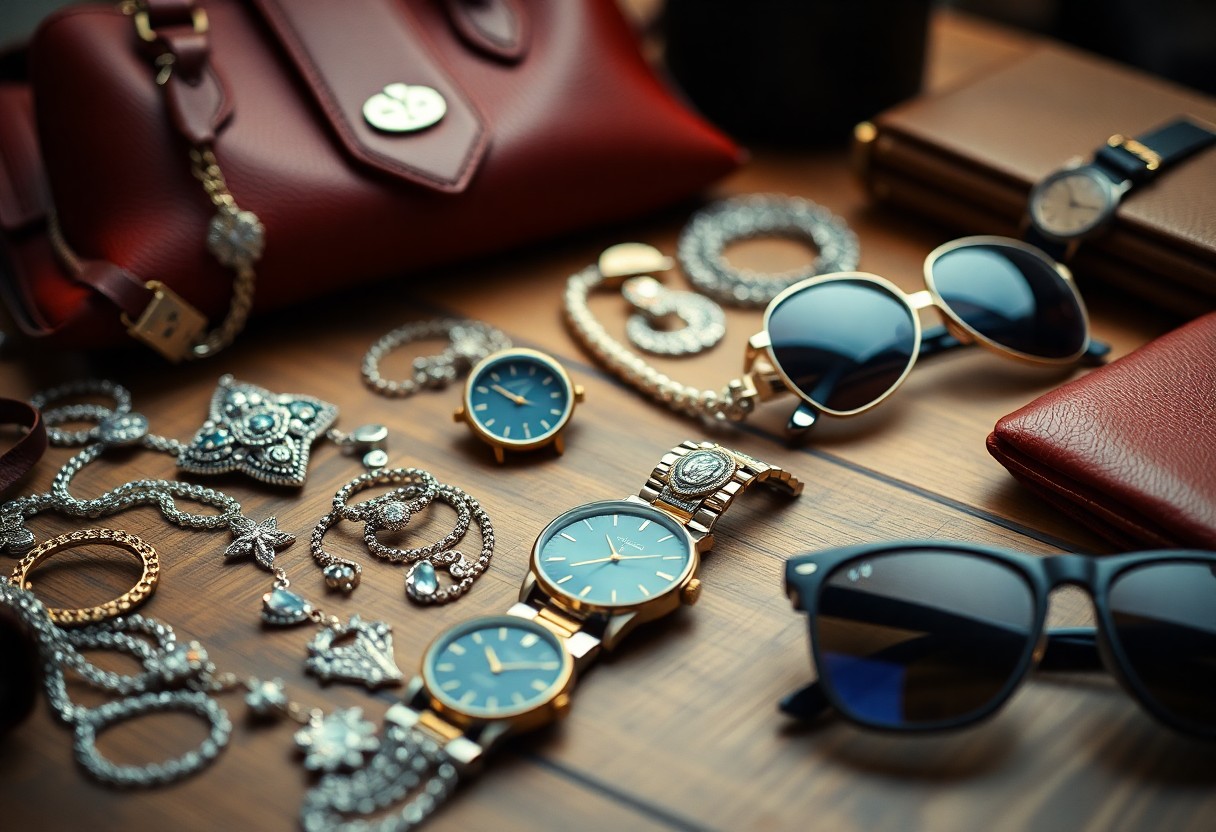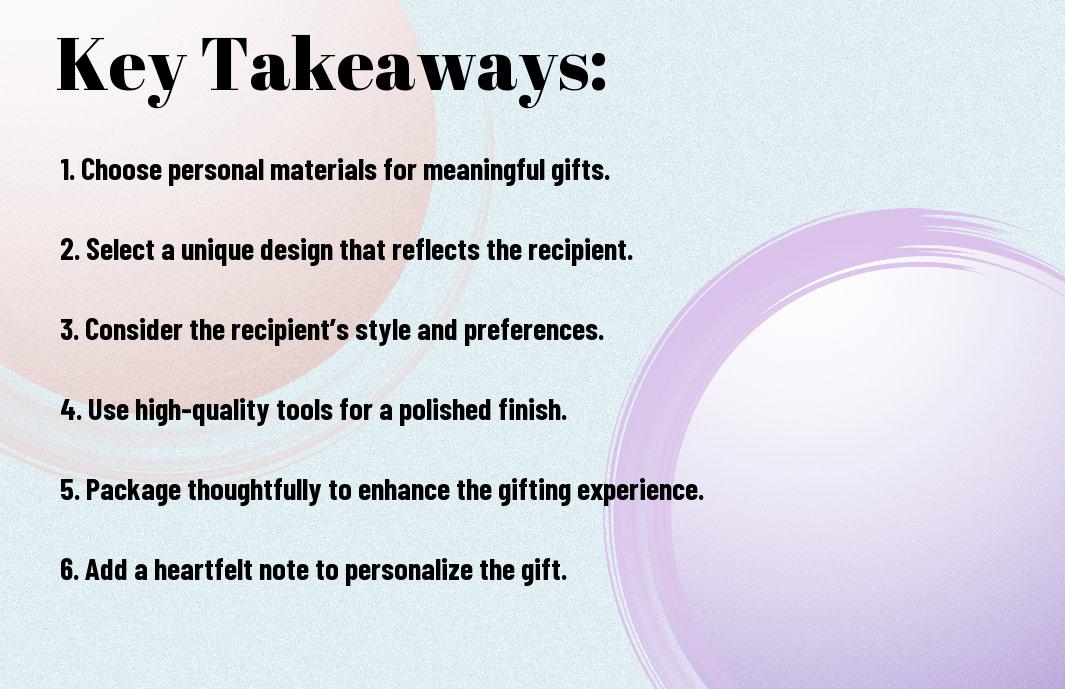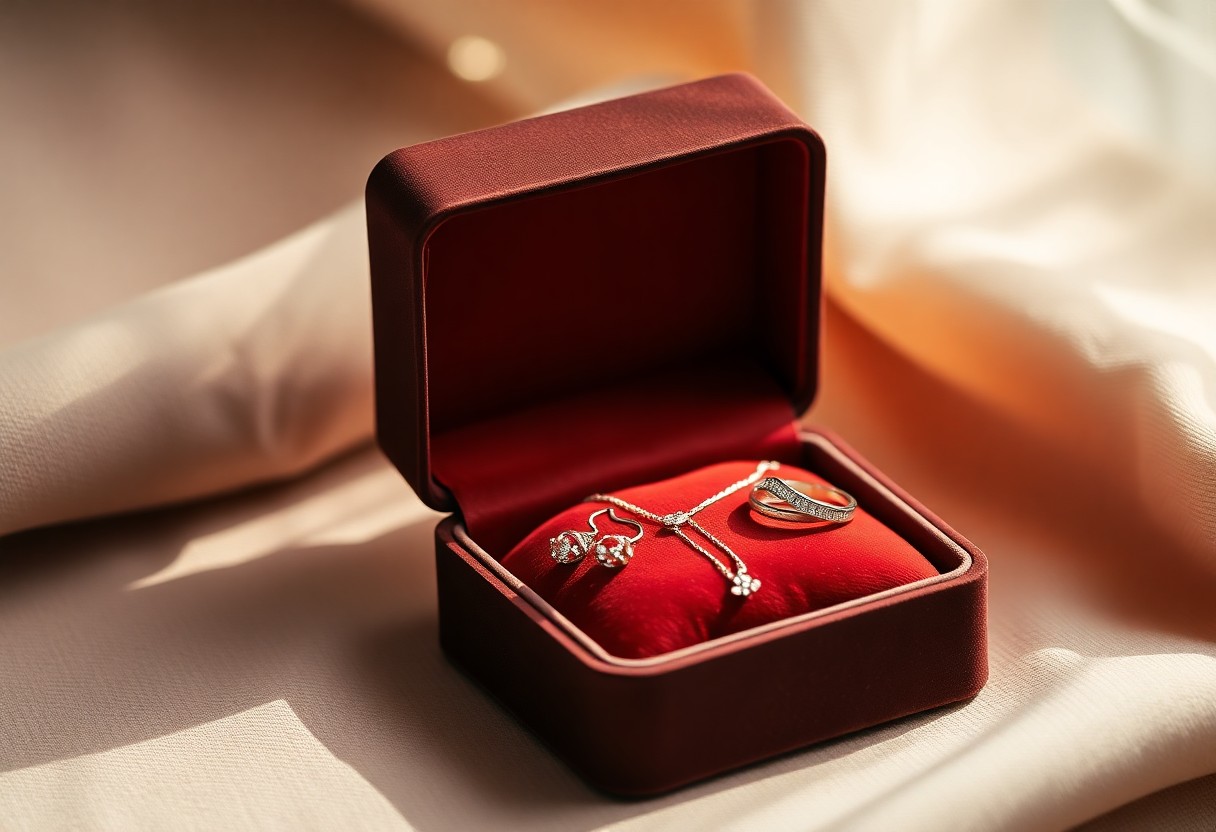As you initiate on your jewelry making journey, you’ll want to ensure you have the right tools and materials to bring your creations to life. Your choice of supplies will significantly impact the quality and durability of your pieces. You need to select high-quality findings, beads, and wires that meet your specific needs and skill level. With the right supplies, you’ll be able to create unique and professional-looking jewelry that reflects your style and craftsmanship.
Key Takeaways:
To get started with jewelry making, it’s important to have the right materials. Here are the key points to consider:
- Invest in high-quality findings, such as clasps, earring backs, and jump rings, as they provide a professional finish to your pieces.
- Choose the right beads and materials for your project, considering factors such as color, texture, and durability to ensure your jewelry is long-lasting and visually appealing.
- Have a well-organized workstation with the necessary tools, including wire cutters, pliers, and a work surface, to make the jewelry-making process more efficient and enjoyable.
Essential Tools
The fundamental tools for jewelry making include a variety of items that will help you create unique and professional-looking pieces. You will need to invest in a set of basic tools to get started with your jewelry making journey.
Wire cutters and pliers
Before you begin creating your jewelry pieces, you will need to have a good pair of wire cutters and pliers to shape and cut your wire and other materials, allowing you to achieve the desired shape and design.
Jewelry findings and beads
At the heart of every jewelry piece are the findings and beads, which come in a wide range of styles, materials, and sizes, giving you the opportunity to express your creativity and bring your designs to life with your choice of beads and findings.
To further enhance your jewelry making experience, you can explore various types of beads, such as seed beads, gemstone beads, and glass beads, and combine them with different findings like clasps, earring backs, and jump rings to create unique and intricate designs that reflect your personal style and aesthetic. You can experiment with different materials and techniques to develop your skills and create one-of-a-kind jewelry pieces.


Beads and Materials
If you’re looking to create unique jewelry pieces, you’ll need a variety of beads and materials.
Types of beads and their uses
You can choose from:
- Seed beads
- Crystal beads
- Pearl beads
- Ceramic beads
- Wooden beads
This will help you create different designs.
Behind every beautiful piece of jewelry is a table of materials:
| Material | Use |
|---|---|
| Seed beads | Jewelry making |
| Crystal beads | Adding sparkle |
| Pearl beads | Elegant designs |
| Ceramic beads | Unique textures |
| Wooden beads | Natural look |
Alternative materials for unique designs
Against the ordinary, you can try using alternative materials like recycled glass or metal.
It is exciting to experiment with different materials, as you can create one-of-a-kind pieces that reflect your personality and style. You can use materials like leather, fabric, or even found objects to add an extra layer of meaning to your jewelry. As you explore these alternative materials, you’ll discover new ways to express yourself and push the boundaries of your creativity.
Stringing and Weaving
For jewelry making, having the right tools and materials is necessary. You will need a variety of supplies, including stringing materials, weaving needles, and other equipment to create your unique pieces.
Choosing the right stringing material
Striving for the perfect stringing material can be overwhelming, but you can choose from a range of options, including nylon, leather, and suede, to suit your jewelry design needs.
Basic weaving techniques for beginners
With basic knowledge of weaving techniques, you can create beautiful and intricate designs. You can start with simple patterns and gradually move on to more complex ones as you gain experience.
But as you explore deeper into weaving, you will discover that it requires patience and practice to master the various techniques, and you will need to experiment with different materials and patterns to find what works best for your jewelry making style, allowing you to create unique and stunning pieces that reflect your skill and creativity.
Adhesives and Finishing Touches
Once again, the right supplies can make all the difference in your jewelry making projects.
Types of adhesives for jewelry making
In the context of adhesives, you have several options, including:
- Epoxy
- Resin
- Glue
Thou can choose the best one for your needs.
| Type of Adhesive | Use |
|---|---|
| Epoxy | Strong bonding |
| Resin | Clear finish |
| Glue | Delicate pieces |
| Acrylic | Fast drying |
| Silicone | Flexible bonds |
Adding a professional finish to your pieces
Similarly, adhesives play a significant role in adding a professional finish to your pieces, as you can use them to attach findings, secure beads, or add decorative elements.
Another aspect to consider when adding a professional finish is the overall aesthetic you want to achieve, as you can use adhesives to create intricate designs, patterns, or textures that enhance the beauty of your jewelry, and with the right adhesive, you can ensure that your pieces look polished and refined, making them truly special and unique.
Workspace and Organization
All jewelry makers need a well-organized workspace to create their masterpieces. You can find a wide range of jewelry making supplies, including findings and tools, at Bonour Handmade – Jewelry Making Supplies, Findings and more.
Setting up a jewelry making station
One of the first steps in creating your workspace is setting up a dedicated station for jewelry making, where you can easily access your tools and supplies, allowing you to focus on your craft.
Tips for keeping your workspace organized
An organized workspace is vital for efficient jewelry making. You can achieve this by:
- Using storage containers for beads and findings
- Labeling your tools and supplies
, Any disorganization can lead to wasted time and frustration.
And to further optimize your workspace, consider investing in a jewelry making desk or workbench with built-in storage, and establish a routine for cleaning and maintaining your area, you can also:
- Utilize a pegboard for hanging tools
- Implement a “clean as you go” policy
, Any efforts you make to organize your workspace will pay off in the long run, allowing you to focus on creating beautiful jewelry pieces.
Safety Precautions
Your safety is paramount when working with jewelry making supplies, and taking necessary precautions can prevent accidents and injuries.
Safety measures for working with tools
Above all, you should handle tools with care, wearing protective gloves and eyewear to avoid cuts and eye damage.
Handling materials safely
Between different materials, you will find varying levels of toxicity and allergenic potential, so it’s vital to research and understand the properties of each material you work with.
But as you examine deeper into handling materials, you need to consider the potential risks associated with each one, such as skin irritation or respiratory issues, and take steps to mitigate these risks, like working in a well-ventilated area or wearing a mask.
Final Words
The best supplies for jewelry making are now at your fingertips, allowing you to create stunning pieces that reflect your unique style. You can confidently select your materials, knowing that you have the knowledge to make informed decisions. With your newfound understanding, you will be able to craft beautiful jewelry that showcases your skill and artistry, taking your creations to the next level and making your jewelry-making journey even more enjoyable.
FAQ
Q: What are the crucial tools for jewelry making?
A: The crucial tools for jewelry making include wire cutters, flat-nose pliers, round-nose pliers, and a work surface. These tools will allow you to cut, shape, and form various materials such as wire, beads, and metals. Additionally, having a good quality task light and a comfortable workspace can greatly improve your jewelry making experience.
Q: What types of materials are best for beginners to start with?
A: For beginners, it’s best to start with materials that are easy to work with and require minimal equipment. Beading is a great place to start, and materials like seed beads, crystal beads, and gemstone beads are popular choices. You can also experiment with different types of wire, such as copper, silver-plated, or gold-plated wire, to create unique and beautiful pieces.
Q: How do I choose the right findings for my jewelry projects?
A: Findings are the components that complete your jewelry piece, such as clasps, earring backs, and jump rings. When choosing findings, consider the type of jewelry you’re making, the materials you’re using, and the style you’re aiming for. Make sure the findings are compatible with the materials and are durable enough to withstand regular wear. You can also experiment with different types of findings to add a personal touch to your designs.
Q: What safety precautions should I take when working with jewelry making supplies?
A: When working with jewelry making supplies, it’s crucial to take safety precautions to avoid injuries and damage. Always wear protective eyewear and keep loose hair and clothing tied back. Use a well-ventilated workspace when working with materials like solder or chemicals, and keep a fire extinguisher nearby. Additionally, make sure to handle sharp objects and hot tools with care, and keep them out of reach of children and pets.
Q: Where can I find inspiration and tutorials for jewelry making projects?
A: There are many resources available for finding inspiration and tutorials for jewelry making projects. Online platforms like YouTube, Pinterest, and jewelry making communities are great places to start. You can also check out books and magazines from your local library or purchase them from craft stores. Additionally, consider taking classes or workshops to learn new techniques and get hands-on experience. Joining online forums or social media groups can also connect you with other jewelry makers and provide a wealth of inspiration and guidance.

